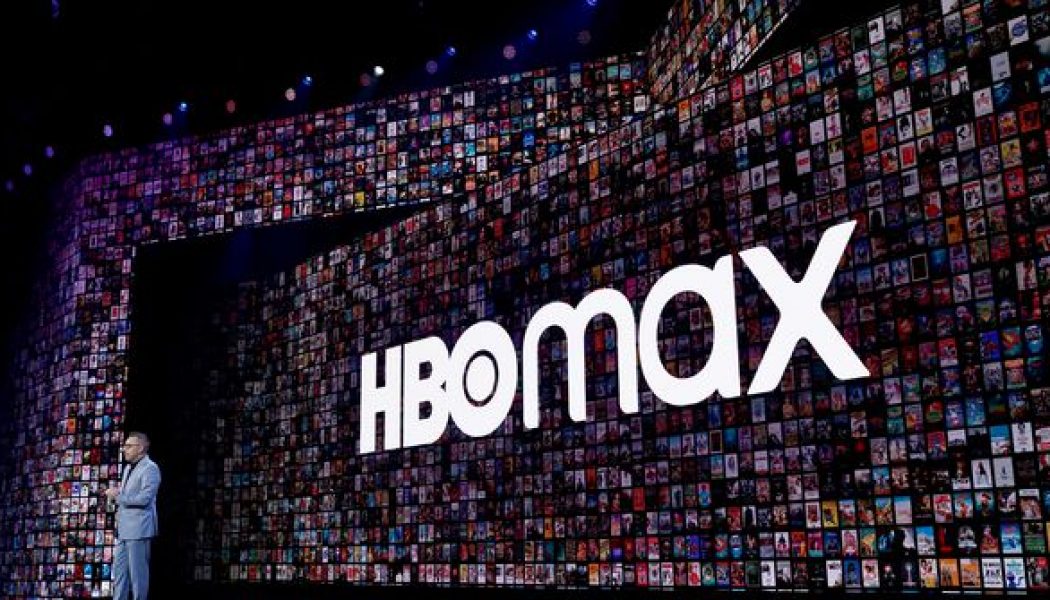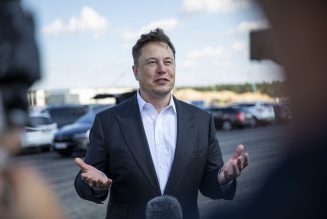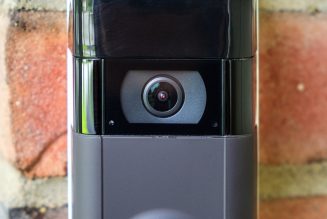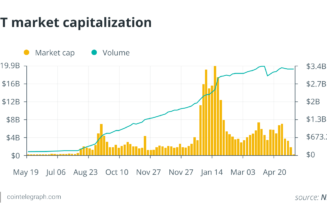
HBO Max has signed up more just over four million customers since it launched in May, AT&T announced today.
The company did not immediately disclose the figures in its initial earnings report, but AT&T CEO John Stankey told analysts on the company’s earnings call that HBO and HBO Max accumulated a combined 36.3 million subscribers by the end of June. Stankey said there were roughly three million retail customers, and an additional million activations that came through AT&T platforms (ie, bundled plans).
Through cable customers and HBO Now subscribers, the company already had more than 30 million subscribers it could move over to HBO Max. Stankey noted that getting people subscribed to HBO through traditional linear cable packages to sign up for HBO Max has been slow, and that’s an area they want to focus on improving.
The question for WarnerMedia and AT&T was how many more customers in the United States they could find over the last couple of months. HBO Max is “starting from a very, very different place” than other streaming services, as WarnerMedia executive Tony Goncalves told The Verge in May. (Disney Plus hit 10 million subscribers within its first 24 hours, and 50 million subscribers in less than six months with a global expansion.) Stankey also noted that HBO Max subscribers spend 70 percent more time on the app compared to HBO Now, which he sees as a product of having an expanded content offering.
One of the biggest hurdles that HBO Max has faced as a new streamer trying to find an audience is not being on two key devices — Roku and Amazon Fire TV. Roku and Amazon Fire TV account for about 70 percent of the streaming market in the United States. Not being on those devices drastically impacts how many people can sign up for HBO Max, especially if they don’t have another connected device like an Apple TV or gaming console.
WarnerMedia is having ongoing negotiations with both Roku and Amazon about getting HBO Max on those devices. Stankey addressed the lack of HBO Max on Fire TV devices on the call, noting that “unfortunately Amazon has taken an approach of treating HBO Max and its customers differently than other services and their customers.”
The debate boils down to wanting more independence. WarnerMedia wants HBO Max to be its own individual app, but Amazon and Roku want HBO Max as part of their growing Channels division. Channels keeps a number of streaming services inside a bubble of sorts within the respective Roku and Amazon ecosystems. HBO and HBO Now are currently part of Amazon and Roku’s Channels, so Roku and Amazon customers subscribe to the services through the Channels offering. WarnerMedia wants to leave Channels entirely. In doing so, HBO Max can then exist on its own. This gives WarnerMedia more control over the customer’s app experience and, most importantly, access to important user data.
While it seems Roku and Amazon have the upper hand, WarnerMedia’s big advantage is its content offerings. HBO Max has TV shows and movies that people want to watch. If a show is big enough — think Game of Thrones — it could convince a Roku or Amazon customer to switch to another device that has the app, like an Apple TV. Arguably, that might have been the Harry Potter collection, but those movies are leaving HBO Max next month, three months after launch.
WarnerMedia wants to scale HBO Max as quickly as possible. The streaming service is only a couple of months old, but the company is planning for international expansion and wants to make sure people have access to the app. It’ll be AT&T’s next quarter that gives a bit of a clearer picture of how HBO Max is growing.









